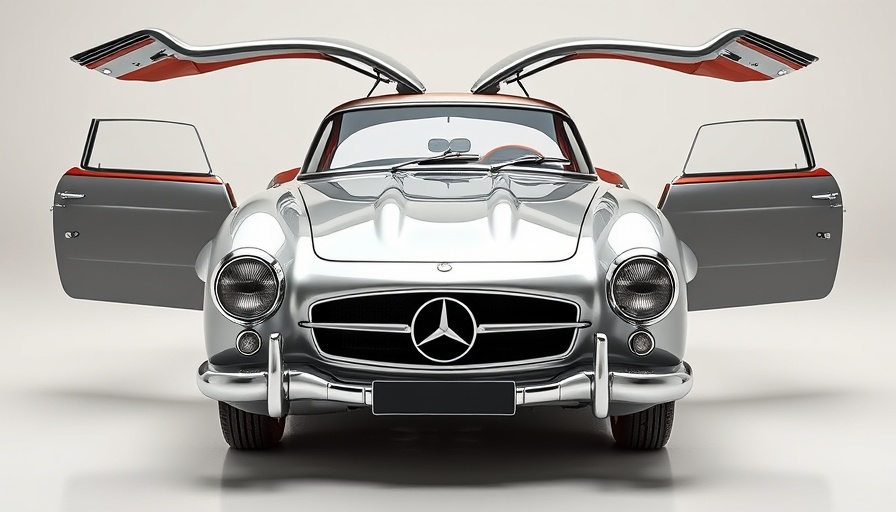
The Return of Tactile Controls in the Age of Digital Innovation
Ferrari's latest model, the Amalfi, signifies a momentous shift away from the digital era's touch-sensitive steering wheel controls that left many drivers frustrated. While touch controls in smartphones have transformed the way we interact, Ferrari has acknowledged that not all forms of technology are suitable for high-performance vehicles. The introduction of traditional tactile buttons marks a return to a more driver-friendly interface.
A Shift in Philosophy: Why Ferrari Listened
When Ferrari launched its touch-sensitive controls on cars like the SF90 and Roma, the intention was to enhance the driving experience by minimizing distractions. However, feedback from customers indicated that the opposite was true. Enrico Galliera, Ferrari's marketing chief, admitted that they had strayed from their guiding principle of keeping "hands on the wheel, eyes on the road." Customers were too busy trying to navigate the touch interface, diverting their attention from the driving experience.
Beauty Meets Simplicity: A Design Philosophy Reimagined
Design chief Flavio Manzoni reinforced this idea by emphasizing a belief that "beauty is simplicity." By opting for tactile buttons, Ferrari assures drivers that elegance and usability are not mutually exclusive. This notion aligns with the classic philosophy of design that has characterized the brand for decades – making driving a pleasure rather than a task.
The Value of Retrofits: Enhancing Existing Models
In an unusual move for a luxury automaker, Ferrari is offering retrofits for existing models such as the 296 GTB and the Purosangue. This decision not only shows a commitment to customer satisfaction but also serves as a testimony to the brand's responsiveness to feedback. Such retrofitting allows loyal customers to upgrade their vehicles without the need to purchase an entirely new model, enhancing their overall driving experience.
The Impact on Customer Loyalty
Ferrari's willingness to admit to past design missteps and correct them through retrofitting options is set to bolster customer loyalty. In an industry that often prioritizes new sales over customer satisfaction, this approach may inspire a new standard for how luxury car brands engage with their clientele. Acknowledging mistakes and providing solutions can create long-lasting relationships built on trust.
The decision to use physical buttons reflects a deeper understanding of the driver’s experience. Cars like Ferrari are not just about speed; they embody the sheer joy of driving, which entails a tactile and engaging experience. As technology continues to develop, it's vital that automakers like Ferrari remember the foundation of their brand: connecting with the driver on a personal level.
Moreover, as technology advances, the balance between innovation and usability will remain crucial. Ferrari's notable move back to tactile controls may prompt discussions across the automotive industry about the best way to integrate technology into the driving experience.
With these changes, Ferrari is not just innovating; they are reshaping what it means to drive a performance vehicle in today's tech-driven world—bridging the gap between elegance and practicality.
 Add Row
Add Row  Add
Add 




Write A Comment